Akna, a mansion complex ascribed to Panah
Location
Panah Khan's mansion complex is located in Aghdam (Akna), about 8.5 kilometers south-east of Tigranakert. During the Soviet era, it was the center of the same-named area, and after its liberation by Armenian forces in 1993, it was part of the Artsakh Republic's Askeran region until 2020. The region is currently occupied by Azerbaijan.
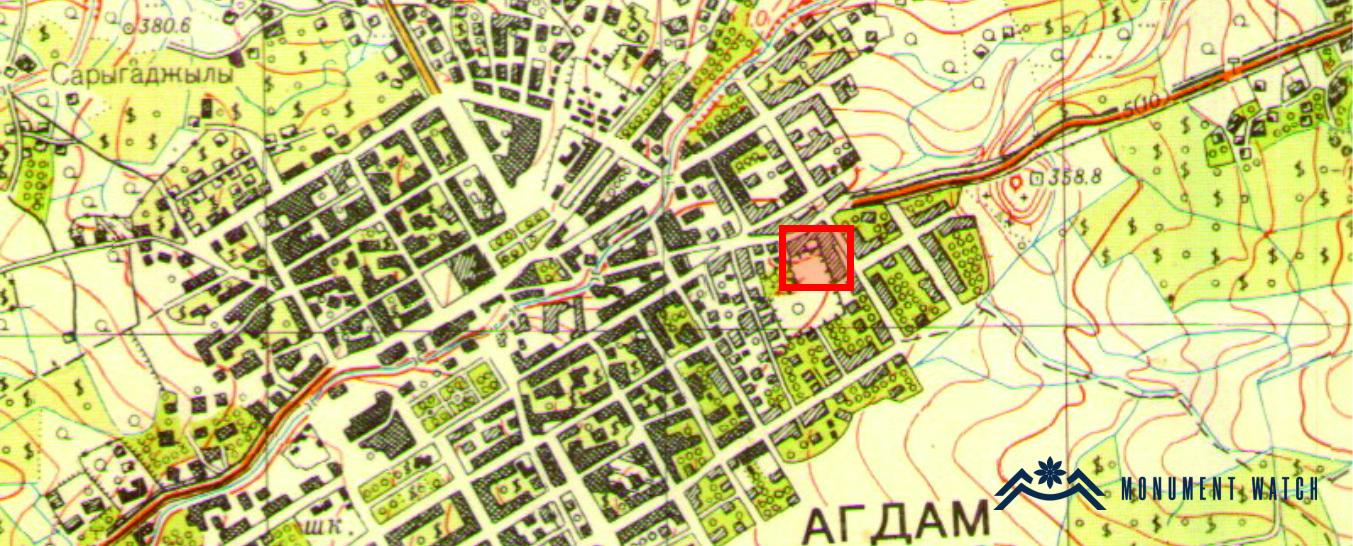
Historical overview
There is no precise historical evidence regarding the construction of the mansion complex. Panah Ali Khan, the founder of the Karabakh Khanate, is believed to have built it during his reign. The name Aghdam, which literally means "white home," derives from the complex's white look. It is entirely made of white limestone mined in the Tigranakert region. In his description of the buildings and constructions built during Panah Khan's rule, historian Mirza Jamal Jevanshir did not mention any mansions in Aghdam, but only the Panah's Shabulagh mansion, built in 1751-1752 (Mirza Jamal 1959, 101-102). Mirza Jamal Jevanshir only mentions Aghdam's buildings while describing Ibrahim Khan's constructions, which include Aghdam's garden walls, the massive domes atop Panah Khan's and his children's cemeteries, and irrigation systems (Mirza Jamal 1959, 102).
Mirza Adigozal Bek exhibits the same pattern (Mirza Adigozal Bek 1950, 55–56). To date the mansion of Aghdam, one must assess the circumstances surrounding Panah Khan's ascension to power. According to Mirza Adigozal Bek, Panah Khan intended to establish his own rule and build his own fortress by profiting from the disorderly state caused by Nadir Shah's murder. Initially, he built a fortress in Bayat, which was not safe as it was threatened by local Muslim Khans and Armenian Meliks of Artsakh. Taking this into account, Panah founded the Shahbulagh fortress near the ruins of Tigranakert, which was also not a safe and reliable residence due to the threat posed by Armenian Meliks who opposed his actions. (Mirza Adigozal Bek 1950, 54-56). As a result, we can conclude that the palace of Aghdam was built after Shahbulagh, in the second half of the 18th century, or possibly later. It is worth noting that some Azerbaijani researchers are attempting to antique the Aghdam palace without providing any evidence. According to Guntekin Najafli, the palace complex was built in 1738 and functioned as Panah's winter residence, whereas an archeologist, Sabuhi Huseynov, associates the location of the palace with Panah Khan's father. (Mirmehdi Agaoglu, Defiled Palace, https://apa.az/ru/xeber/nagornyj_karabakh/Oskvernennyj-dvorec-lyubimyj-dom-Panahali-hana-mesto-gde-nocheval-Kadzhar-razrushennaya-mogila-Natavan-colorredREPORTAZh-FOTOcolor-439149).
Architectural-compositional examination
The complex is made up of two subsidiary buildings that are separated from one another and at right angles to one another (Fig. 1). The main subsidiary building is composed of a domed hall and a columned iwan derived from the vaulted rooms on both sides. The second building is made up of two vaulted rooms that are adjacent to one another. The center hall (Fig. 2) is concluded by a garret-roofed (Figs. 3, 4) pyramid-shaped regular octahedron domical vault (Cloister vault), which is supported by massive squinch (Salamzade 1964, 84). The peristyle's cylindrical columns are constructed of monolithic stones. All constructions have arched niches of varying sizes on the inside.
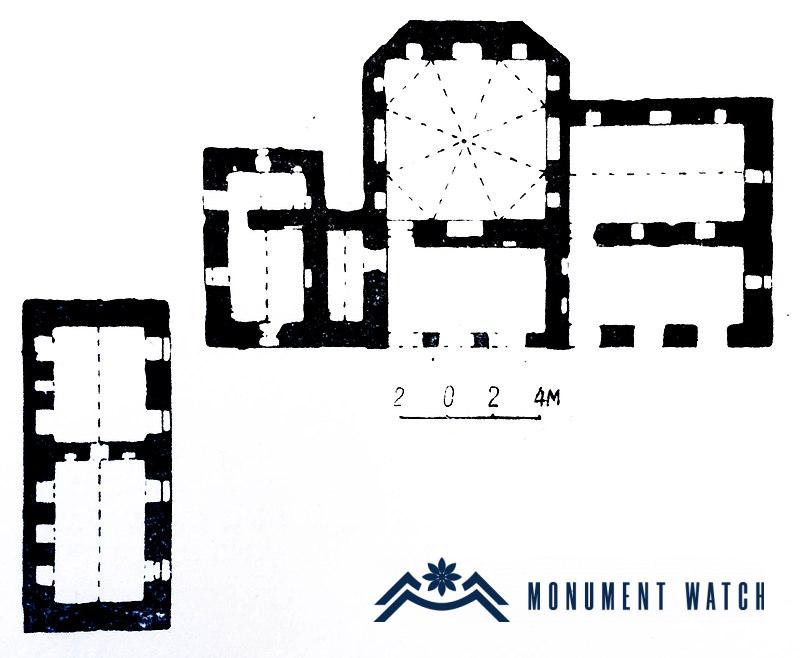
Fig. 1 The architectural plan of the mansion, Ghulyan, A., the Melik mansions of Artsakh and Syunik, 2001, p. 148.
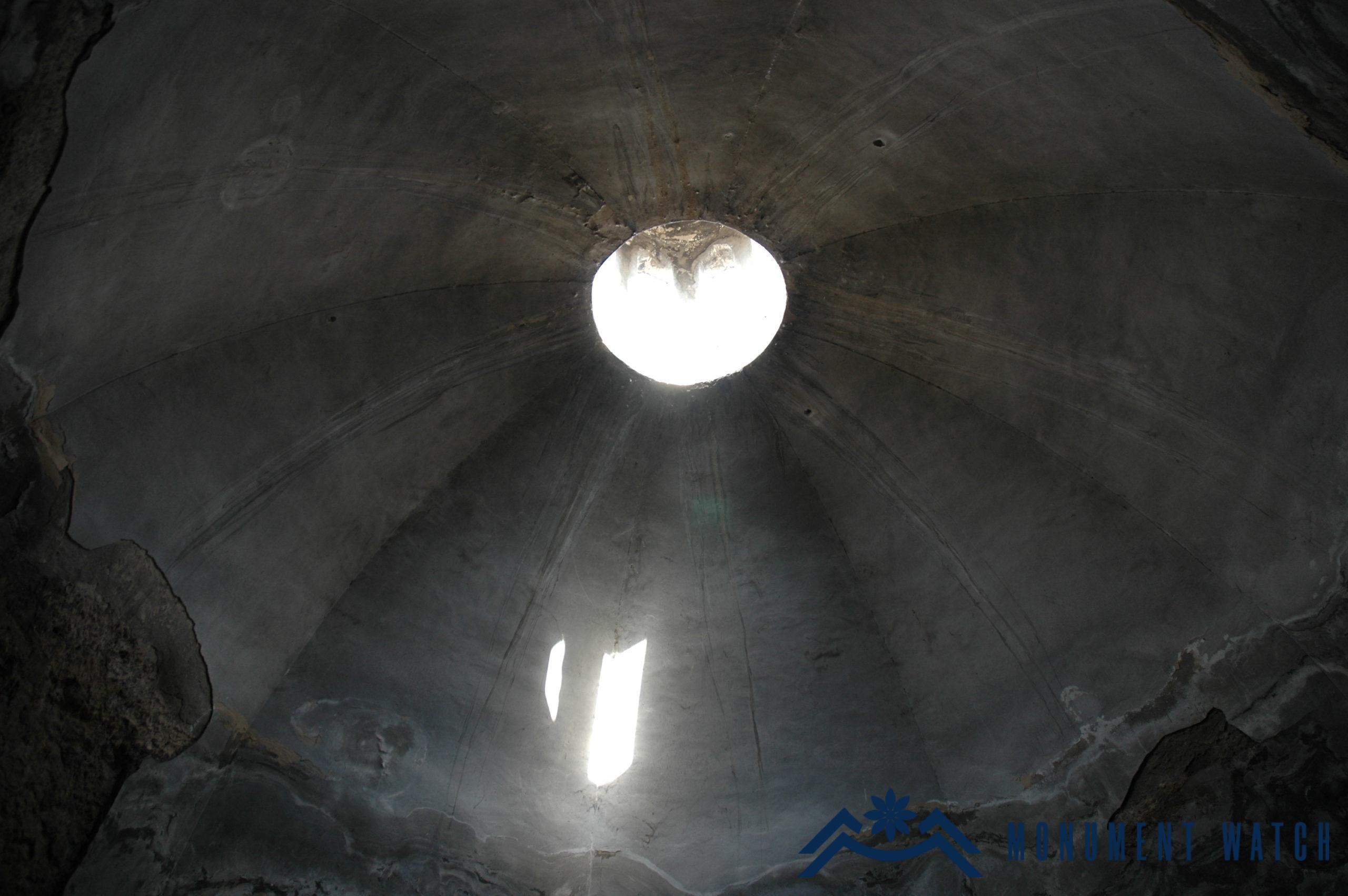
Fig. 3 The dome of the mansion from inside, photo by H. Petrosyan.
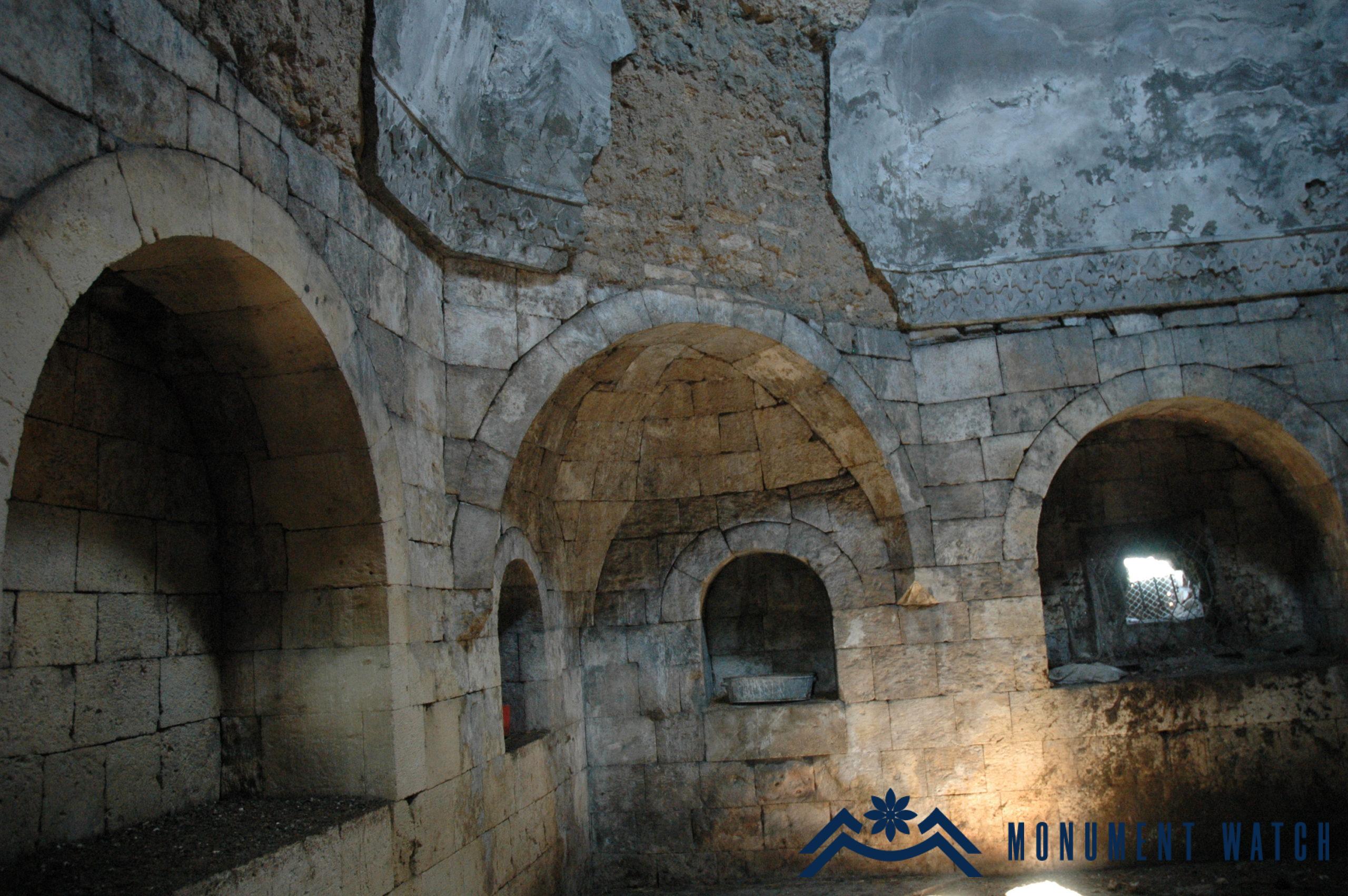
Fig. 2 The squinch passage of the mansion's main room, interior appearance, photo by H. Petrosyan.
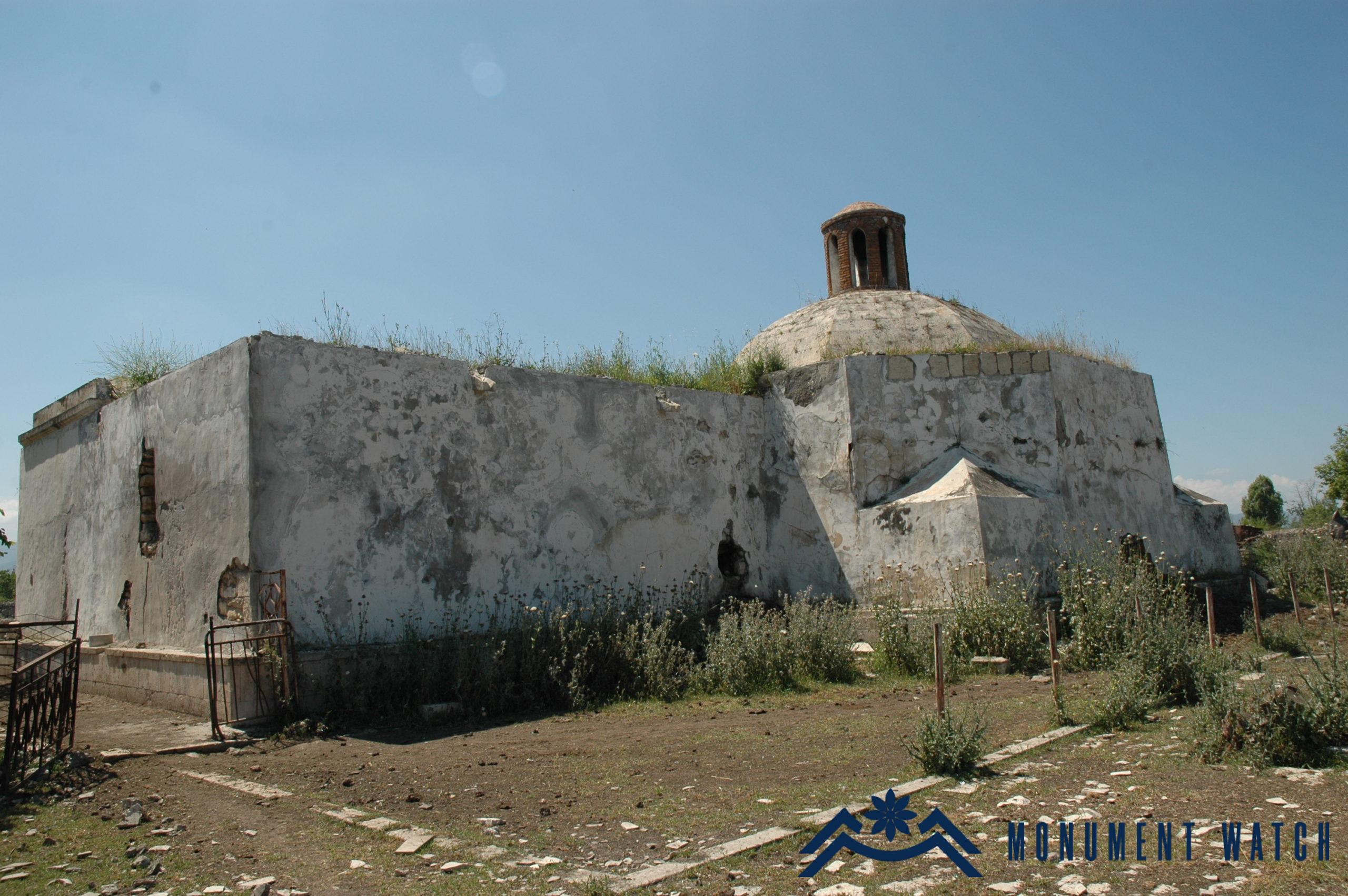
Fig. 4 The view of the palace from the north, photo by H. Petrosyan.
The architectural plans and details, spatial solutions, and construction techniques of the Palace of Aghdam, as well as many of the other mansions built by the Khans of Artsakh in the second half of the 18th century, are identical to those of the Syunik and Artsakh Meliks. All of these mansions were built primarily using relatively generalized compositional and constructional means as a result of the systematic nature of numerous compositional elements and architectural solutions (Ghulyan, 2001, 118, 144). It is also worth noting that Panah and his sons' construction orders were carried out by the hands of masters and workmen from the nearby areas, all of whom were certainly Armenians (Mkrtchyan 1985, 214). The main room-hall of the mansion measures 7,0X7,0 meters from the inside. These are typical of the medium-sized main rooms of Meliks.
Though other Melik mansions in Artsakh have similar solutions, the Mokhratagh mansion is the closest to the mansion's domical vault hall (Ghulyan 2001, 118, 144-145). Azerbaijani researchers typically link the peristyle of Panah's mansion and Shahbulagh's construction with the three-arch hall to Baku architectural complexes built in the 15th and 17th centuries, particularly the Shirvanshahs’ mansion complex (Avalov 1977, 16). They also link the array of the rooms and halls to the Ordubad houses. According to them, the existence of the vaulted hall is associated with a style of traditional home composition known as Hrazashen (Gharadam). (Salamzadeh 1964, 84). The late medieval architecture of Syunik and the Artsakh Melik mansions includes architectural-planning solutions found in Armenian traditional dwellings and medieval Armenian secular buildings, as well as features of medieval Persian palace architecture (Ghulyan 2001, 147). A similar situation can be seen in the mansions of Muslim Khans established in Artsakh.
The condition before and after the war
In the 1920s, Panah Khan's mansion was in ruins (Aleksandrovich 1927, p. 3-9). Afterwards, the mansion's territory and neighbouring areas were put in good order. A stadium was built not far away. The anthromorphous monuments and tombstones were relocated from nearby ancient sites. The famous Vankasar khachkar, the central cross and the Armenian inscription of which had previously been erased, were relocated here (The Church of Vankasar).
During the Artsakh wars, the mansion complex was not harmed. The mansion was not purposefully destroyed or demolished from 1993 to 2020. It should be emphasized that the area around the mansion was exploited for economic purposes by some local residents, and as a result, it was polluted (Fig. 5). The mansion's territory was cleared after Azerbaijan's occupation of the Aghdam region.
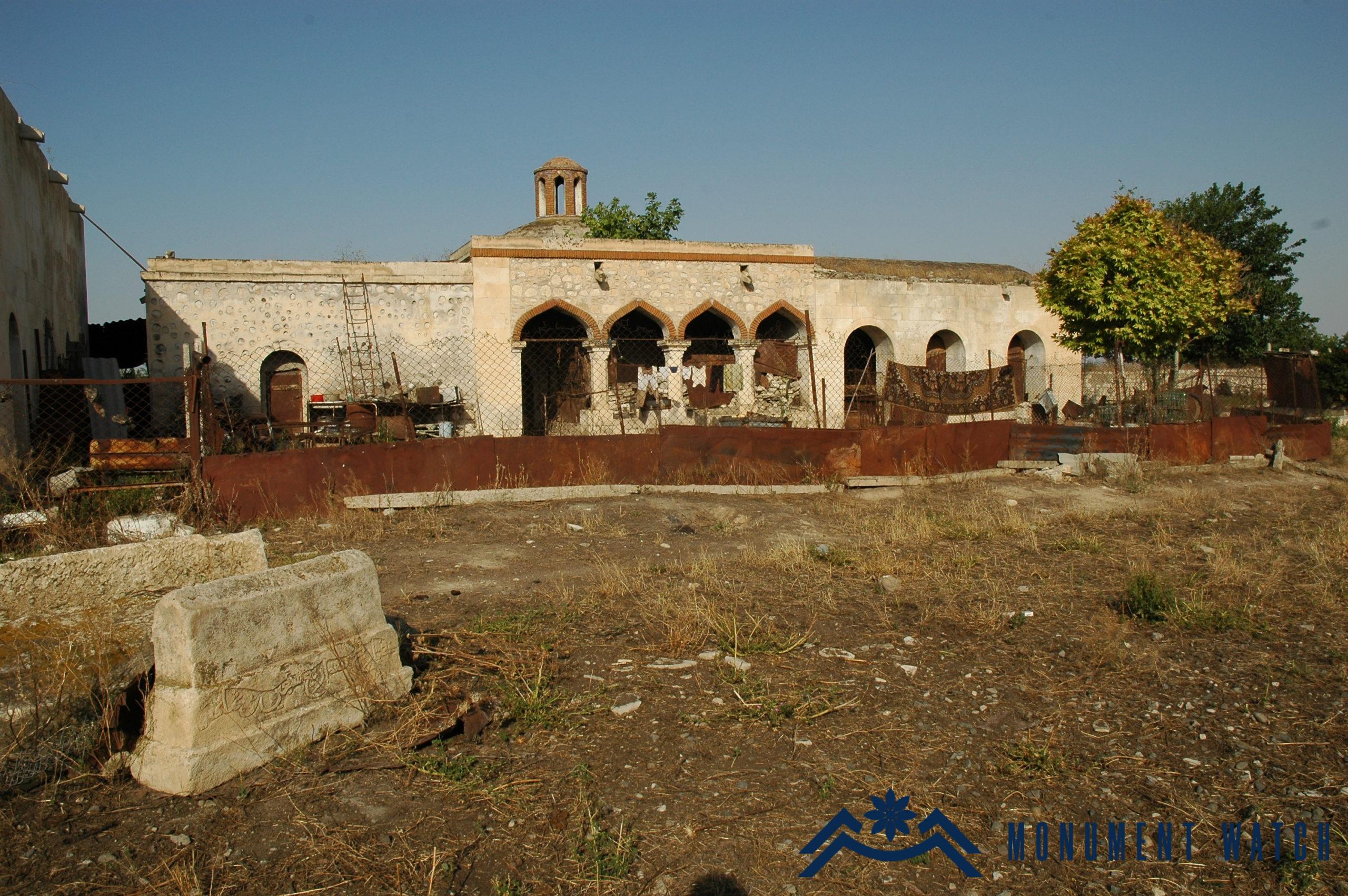
Fig. 5 The general view of the palace and yard, photo by H. Petrosyan.
Bibliography
-
- Ghulyan, 2001-Ghulyan, A., the Melik mansions of Artsakh and Syunik, Yerevan.
- Mkrtchyan, 1985-Mkrtchyan Sh., Historical and architectural monuments of Nagorno Karabakh, Yerevan.
- Avalov, 1977-Avalov, E., Architecture of the Shusha City, Baku.
- Aleksandrovich, 1927-Aleksandrovich D., Yevlakh-Shusha, News of Azkomstaris, vol. 3, p. 3-23.
- Mirza, 1950–Mirza Adygozal bey, Karabagh-name, Baku.
- Mirza, 1959—Mirza Jamal Javanshir, History of Karabakh, Baku.
- Salamzade, 1964-Salamzade A., Azerbaijani architecture of the 16th-19th centuries, Baku.
- https://apa.az/ru/xeber/nagornyj_karabakh/Oskvernennyj-dvorec-lyubimyj-dom-Panahali-hana-mesto-gde-nocheval-Kadzhar-razrushennaya-mogila-Natavan-colorredREPORTAZh-FOTOcolor-439149
Akna, a mansion complex ascribed to Panah
Artsakh